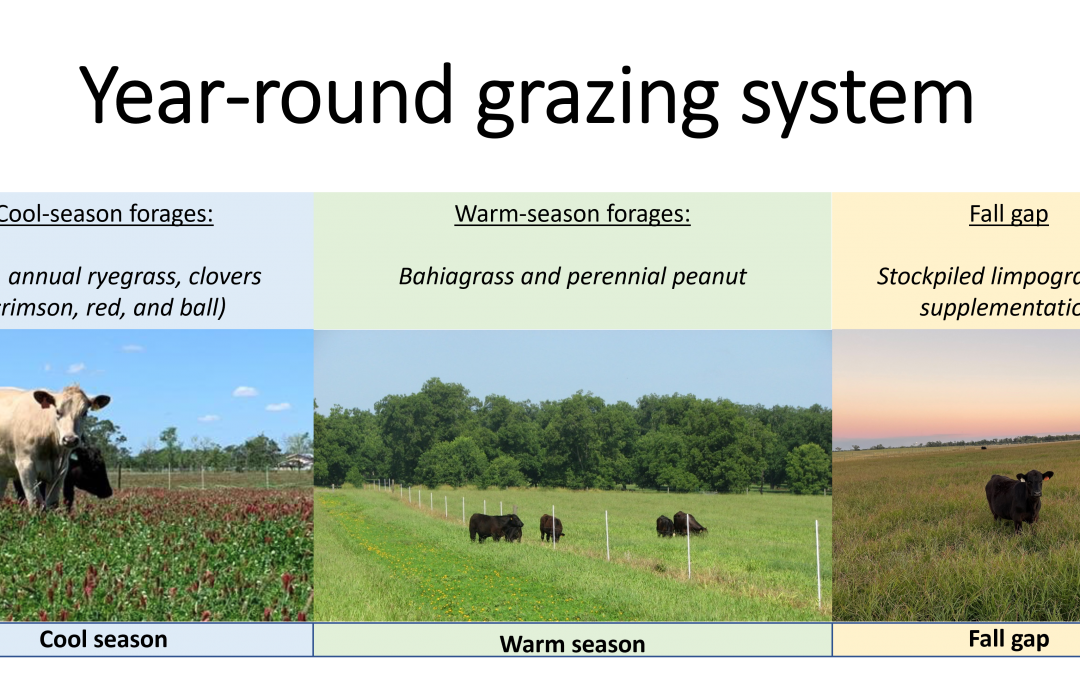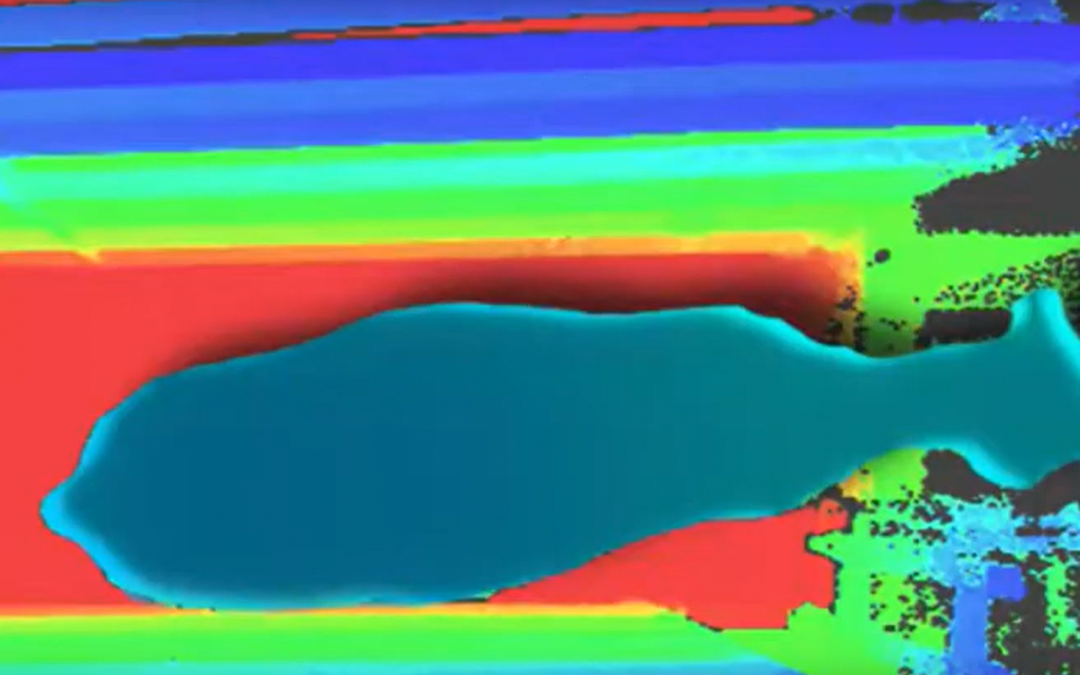
by Doug Mayo | Apr 14, 2023
At the recent NFREC Beef & Forage Field Day, one of the sponsors introduced relatively new technology for the cattle industry. Clic R Weight has been working with Dr. Nicolas DiLorenzo, UF/IFAS Cattle Nutrition Specialist, to refine technology that can utilize...
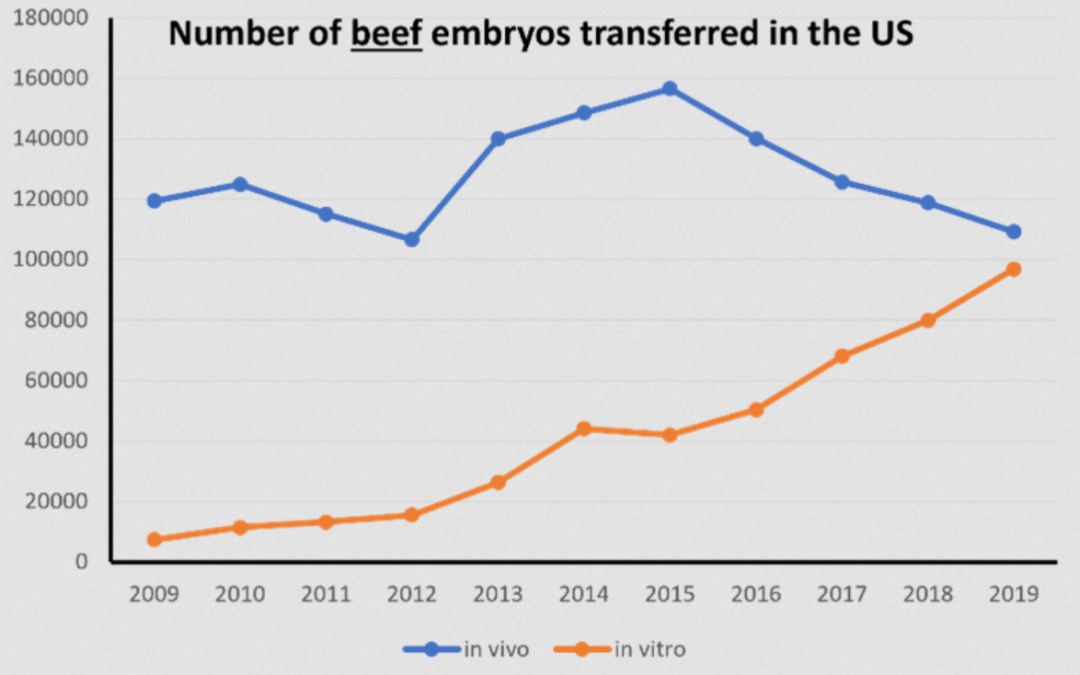
by Angela Gonella-Diaza | Mar 31, 2023
Angela Gonella-Diaza. Cattle Reproductive Specialist, UF/IFAS North Florida Research and Education Center I am sure you have heard about embryo transfer programs before. I know it is tempting to consider using embryo transfer programs for your operation. Reproductive...
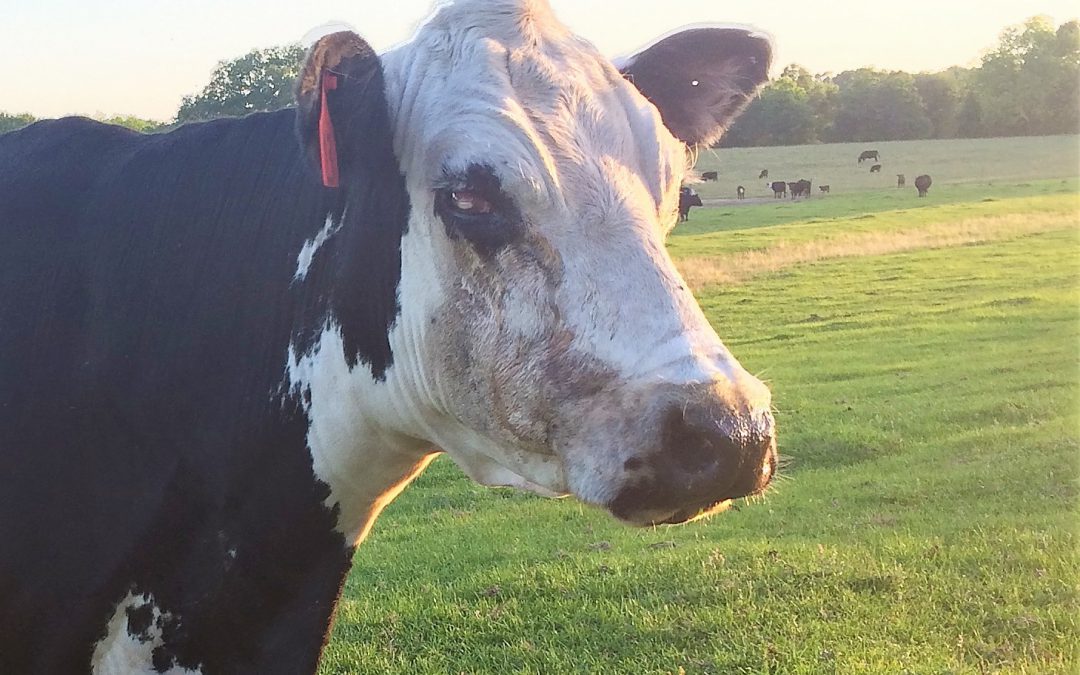
by Kalyn Waters | Mar 10, 2023
We have all heard it, “They don’t need that eye to eat,” which is a common misconception when it comes to the impacts of pinkeye in the cattle industry. Research shows that calves that are diagnosed with pinkeye will weigh between 20 to 40 pounds less at...
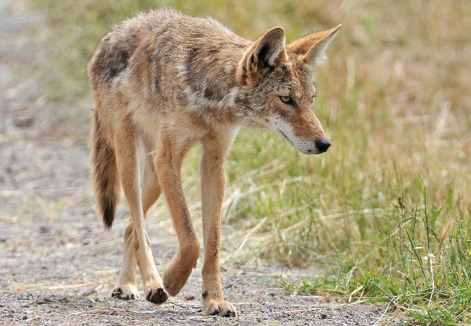
by Samantha Wisely | Mar 3, 2023
Samantha M. Wisely, UF/IFAS Department of Wildlife Ecology and Conservation, University of Florida The Panhandle of Florida has three species of canine wildlife: red fox, gray fox, and coyotes. Each species is unique in appearance and behavior, and each species...
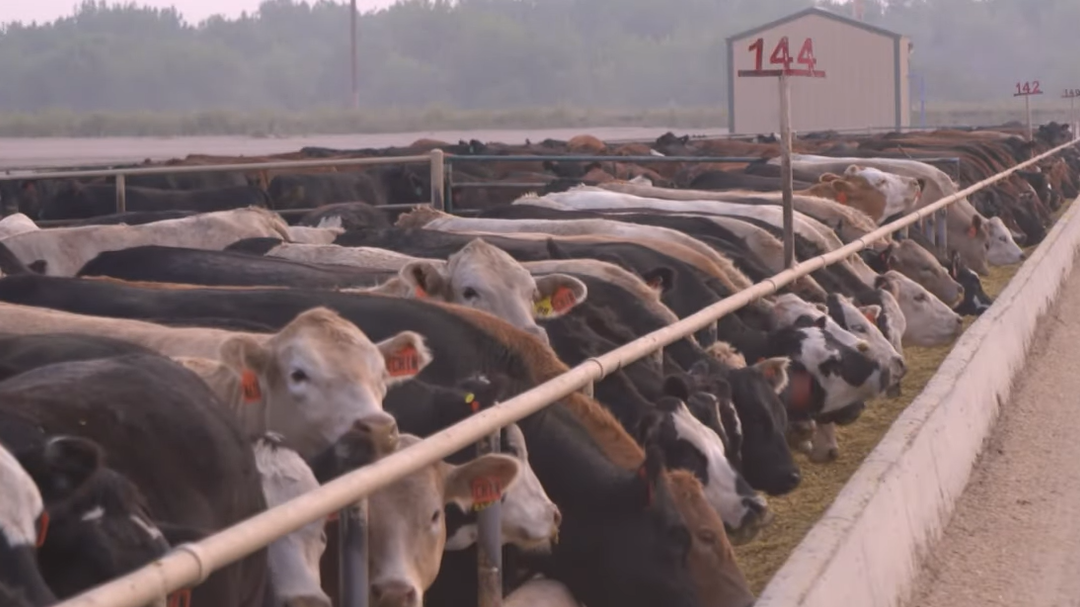
by Doug Mayo | Feb 10, 2023
This week’s featured video was published by Cattlemen to Cattlemen to highlight the world’s largest cattle feeding operation, Five Rivers Feedyards. Five Rivers puts a great deal of emphasis on ensuring that animals are healthy and well cared for. Every...





